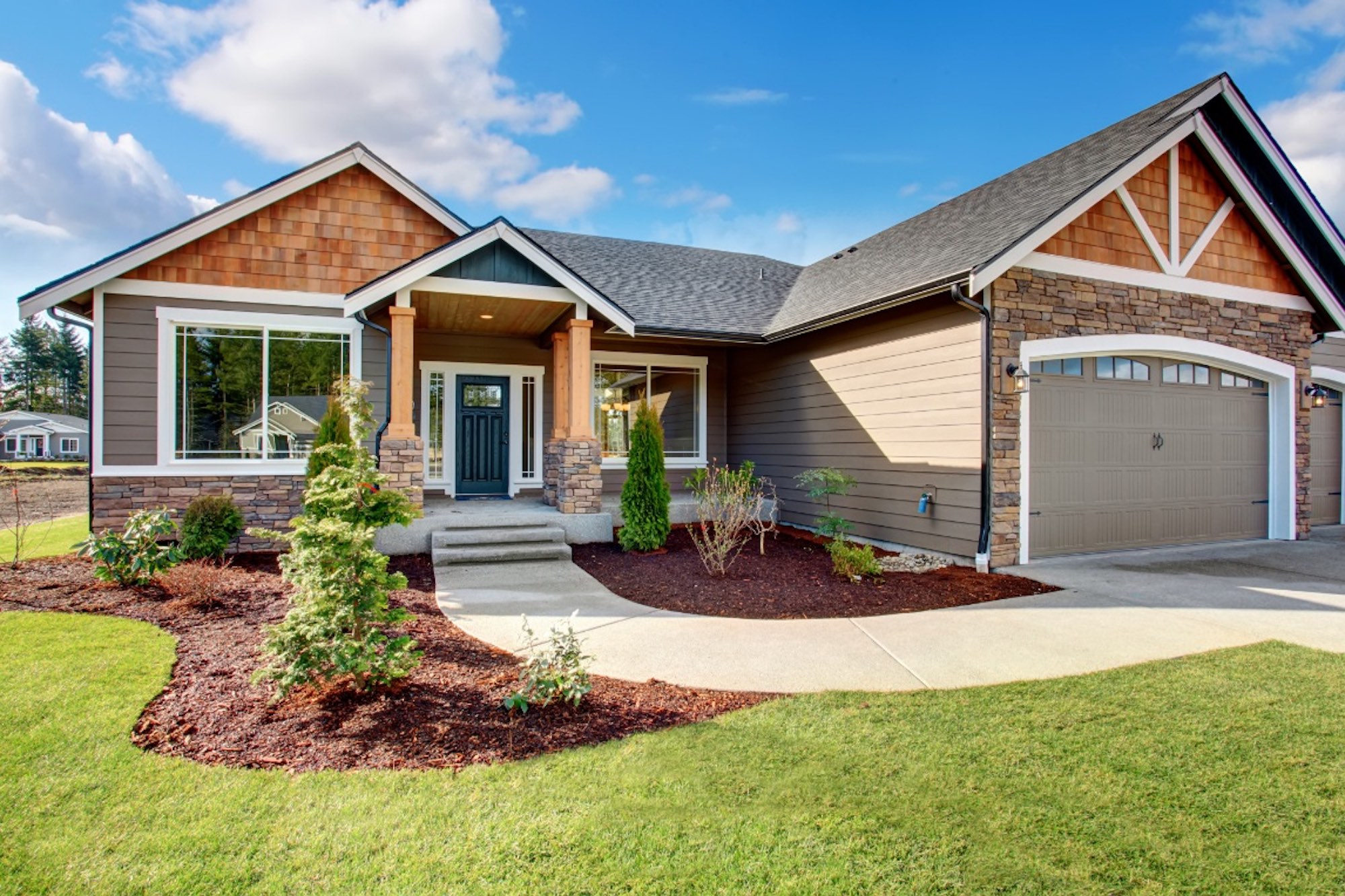While building energy-efficient homes may be more expensive upfront, they give eco-friendly and energy-efficient housing that will pay rewards in the long run. Moreover, contractors may also qualify for a tax credit of $2,000 per qualifying unit. An energy-efficient home credit, or 45L tax credit, is a tax benefit for builders of single as well as multi-family homes. Additionally, it is available for large-scale upgrading or renovation projects.
45L Tax Credit: What Does It Cover?
The 45L tax credit offers the contractors a $2,000 tax credit on every housing unit constructed or modified to specified energy-efficiency standards. It is retroactive to 2018-2020 and is applicable to residential housing units constructed or renovated by December 31, 2021 (as well as those sold or leased).
Projects shall have a maximum height of three floors above ground, excluding the underground parking. Furthermore, they must use at least 50% less energy to heat and cool compared to a non-energy-efficient housing unit. For comparison reasons, non-energy-efficient units must also be constructed in accordance with the standards set forth in the 2006 International Energy Conservation Code (Chapter 4). This code establishes minimum heating and cooling efficiency standards for new construction in accordance with Department of Energy regulations implementing the 1987 National Appliance Energy Conservation Act.
The building envelope itself requires reaching one-fifth of the energy-efficient progress, and also it should be 10% more efficient than an identical non-efficient housing unit. The building envelope should consist of the exterior walls, windows, roof, as well as foundation, all of which act as a heat insulator between the outside and the interior climate.
New construction units must incorporate several energy-efficient elements, including the following:
• Double- and triple-pane windows.
• Hydronic heating panels for radiator systems or radiant floors that use hot water or steam as the source of heat.
• heat-reflective roofing, which minimizes heat loss.
• HVAC systems that have a SEER (Seasonal Energy Efficiency Ratio) of 13 or above for air conditioning.
• Exterior doors that are insulated.
• Roof insulation which has an R-value of 38 or greater, or R-13 to R-19 wall insulation.
• Gas furnaces that have an efficiency rating of at least 80%.
• Insulated slabs or foundations.
• Low-E, or low-emissivity, vinyl windows that reflect heat.
Single-family homes that are newly constructed would qualify if the unit gets sold or rented after construction. Because the 45L tax credit is paid per housing unit, it has the most significant impact on multi-family housing projects such as apartments, condominiums, townhomes, student housing, as well as assisted living facilities. Housing units must have at least one room, a kitchen, a living room, and a sleeping area.
The credit is also available for remodeling projects that include energy-efficient modifications. The following materials and resources may be utilized for qualifying projects:
• Double- and triple-pane windows.
• Hydronic heating panels for radiator systems or radiant floors that use hot water or steam as the source of heat.
• heat-reflective roofing, which minimizes heat loss.
• HVAC systems that have a SEER (Seasonal Energy Efficiency Ratio) of 13 or above for air conditioning.
• Exterior doors that are insulated.
• Roof insulation which has an R-value of 38 or greater, or R-13 to R-19 wall insulation.
• Gas furnaces that have an efficiency rating of at least 80%.
• Insulated slabs or foundations.
• Low-E, or low-emissivity, vinyl windows that reflect heat.
• Passive solar layout of the construction to shade the structure during the summer and bring in the sun during the winter.
• Insulated structural panels, including an insulated foam core.
• Vacuum insulated panels that surround a stiff core with a gas-tight enclosure.
45L Tax Credit: Who Can Benefit?
The 45L tax credit helps the eligible builder or developer directly. Moreover, it will indirectly benefit future owners and tenants of the housing through cheaper energy bills. To meet the requirements of the 45L tax credit, the property must be rented, leased, or sold.
The 45L tax credit motivates builders to utilize energy-efficient materials in their buildings. While some energy-efficient materials are more expensive, the 45L tax credit plus a higher equity in the building project and decreased energy bills for residents outweigh the short-term costs. Certified housing can be advertised as “green living” to attract individuals who are looking for a home that is both environmentally and financially beneficial. Furthermore, purchasers of approved apartments will benefit from enhanced equity and also environmental and fiscal benefits.
Unutilized 45L tax credits could be carried forward for approximately 20 years by the contractor or developer.
45L Tax Credit: How it Works
To begin, the contractor must obtain certification from an independent, recognized certifier. The certifier should be accredited or recognized by a rating network that is using IRS-approved software. The Residential Energy Services Network is an example of a rating network (RESNET). The certifier’s certification package comprises on-site testing as well as computer modeling. This packet has been signed by the certifier, which contains all of the necessary paperwork for the 45L tax credit. Typically, fees are imposed based on a per unit.
There is no maximum and minimum number of certified housing units in a project. This credit is retrospectively applicable to projects completed between 2018 and 2020 and until 2021.
The credit is available and must be claimed on the year in which the qualified housing units were sold or rented. It usually works effectively in a 9% Low Income Housing Tax Credit (LIHTC) transaction for the new home construction or substantial rehabilitation. The 9% statistic pertains to tax credits equal to about 9% of the project’s construction costs for projects that do not get federal assistance.
Builders and developers engaged in obtaining the 45L tax credit must acquire a property assessment and pre-qualification. Moreover, they need to cooperate with their tax preparer in order to claim the credit. The certification procedure may involve examining construction documentation, on-site inspections, and consultation with project managers, building designers, and other relevant staff members. Early planning is crucial for this process, as it may entail the coordination of numerous people and components of the housing project.
The 45L tax credit can greatly encourage contractors and developers in developing a more marketable, valuable, and energy-efficient housing that protects future occupants from growing energy costs.









